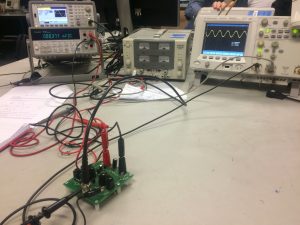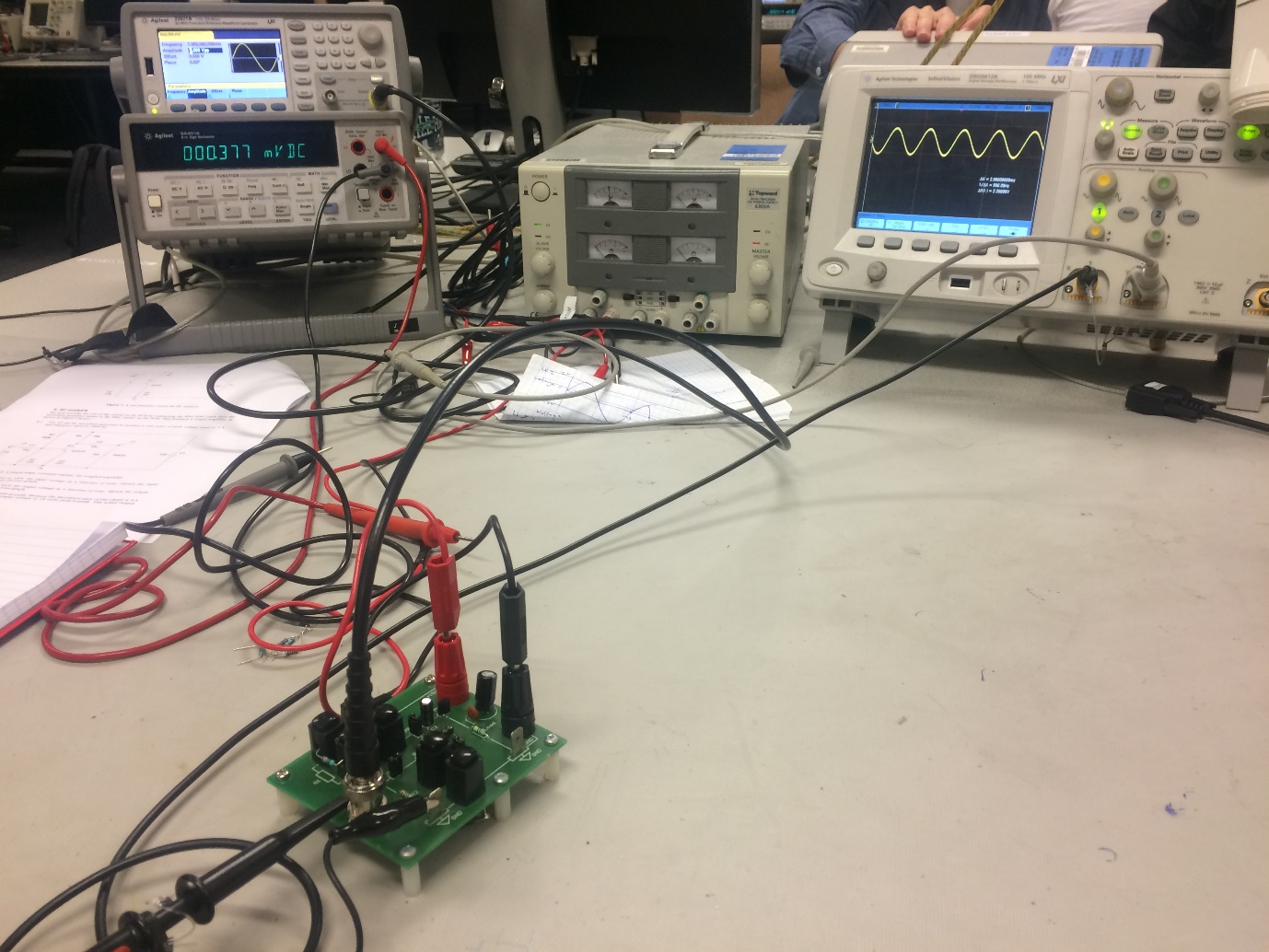12:00 pm, 7th of March 2017: At this exact time, I was sitting somewhere in the middle of the Conference Centre lecture room waiting for my first Electrical Engineering paper (ELECTENG 202). I couldn’t believe how fast the time went by and I’m finally a Part II student doing a specialisation that students describe as ‘the graveyard’ (more on this later). I remembered my first Part I lecture was Mathematical Modelling 1 and at that time I couldn’t believe that I was a university student. I suddenly realised I had to stop daydreaming because the lecture had already started!
The first major difference you will immediately notice between Part I and Part II EEE is the lecturing hours. Apart from MM2, all the lectures are 2 hours and at the beginning you can lose your concentration after the first hour. I remember after about 50 minutes of my first ELECTENG 210 lecture, I was counting how many times William Lee, our great lecturer, used ‘hopefully’ while talking, LoL. The classes are also smaller and this gives the students a chance to get to know each other. Part II Computer Systems Engineering and Electrical and Electronic Engineering students are doing the exact same papers so it is easy to switch from one specialisation to another after Part II if you realise that this is not the career for you.
We are doing 4 papers in semester one:
- ELECTENG202 covers how to analyse circuits and how electrical circuits work in general. The topics covered in this paper are DC circuits analysis and theorems, Transient circuits analysis, Laplace transforms for circuit analysis, and AC circuits analysis. The contents are not difficult to understand but this is the most important paper for electrical engineers.
- ELECTENG210 introduces us to the applications of semiconductor devices and analysis techniques with regard to electronics. I don’t want to scare anyone, but this is a challenging paper.
- COMPSYS201 offers a broad introduction to computer systems engineering fundamentals and methods used in designing modern digital systems. This paper is divided into two parts: Part I content includes combinational and sequential logic circuits, using a hardware language called VHDL and digital system design. Part II is all about microprocessors and using C for embedded systems. Software Engineering students also do this paper.
- ENGSCI211, also known as MM2, just builds on the maths that we learnt in MM1. If you enjoy MM1, which I definitely did, you will enjoy this paper as well. Laplace transforms and Fourier series are probably the most important topics for EEE students in this paper. For EEE students, it will probably be the last time you have Peter Bier as your lecturer, so enjoy it while it lasts.
The first few weeks of EEE and CSE is somewhat chill and this gives students a chance to get to know other students, get used to the two-hour lectures and do other fun activities. After the mid-semester break, there is an assignment and a test due every week. You can definitely feel the pressure. My first advice would be not to procrastinate.
In ELECTENG 101, we only had one lab in the entire semester. That’s definitely not the case in EEE. We have labs nearly every week for our three specialised paper because EEE is a practical degree. Our first lab was the Health and Safety Induction Lab which was a compulsory lab for CSE, SE and EEE students. In this lab, we went over laboratory rules, safety procedures and how to use a multi-meter, breadboard, oscilloscope and the benchtop power supply.

I hope I have been able to give you some insight into EEE. It is not just about analysing circuits and calculating voltage or current values. It also involves learning about computers, how they operate internally and programming languages. This semester we have done C, VHDL, MATLAB and R and you may get confused doing four languages in one semester. One of the most important thing to consider about EEE and CSE is how fast the industry is growing in this area. Just think about how computers have developed over the past twenty years!
Also, remember it is hard to separate EEE, CSE or even SE degrees completely as they have so much in common and that is the reason CSE students do the same papers as us this year.

You might think that EEE students do different things from CSE or SE students, but we don’t. There is a huge amount of commonality between these three specialisations; the strength is in the sum of all of us not in the individual parts, so don’t silo yourself by thinking if I am doing EEE I can’t talk to the SE students! And remember, we are all going to work together in the industry.
Until next time…
-Parsa
